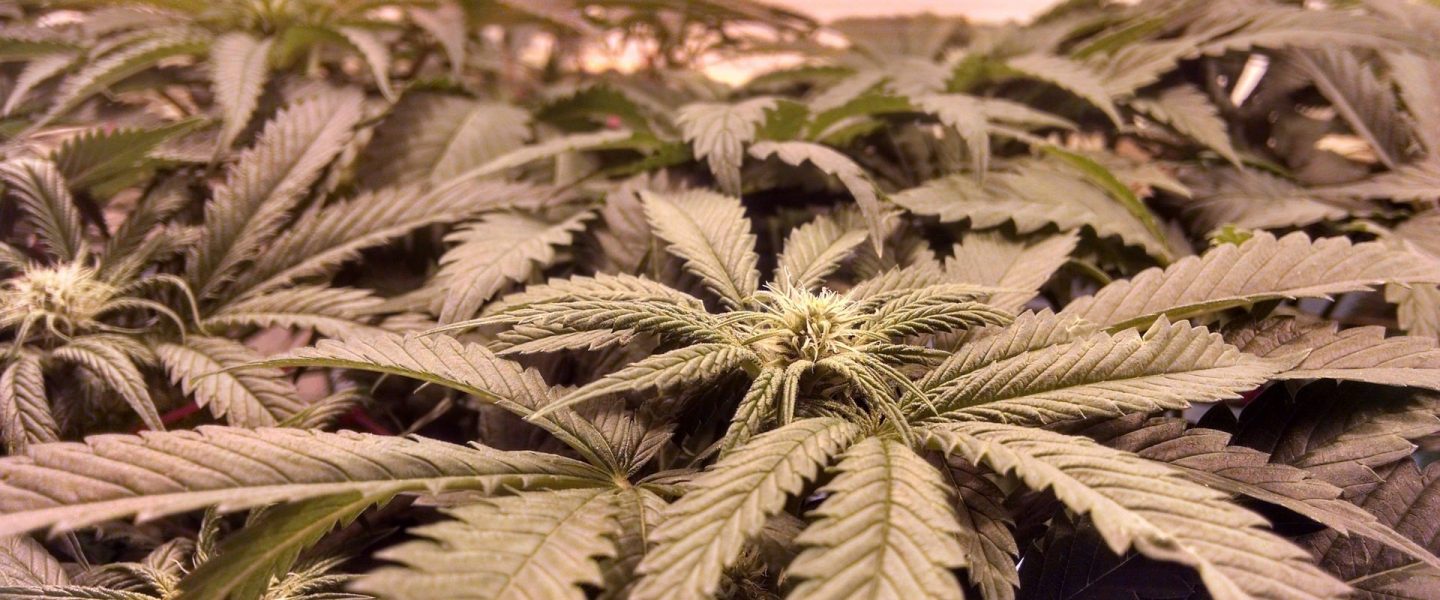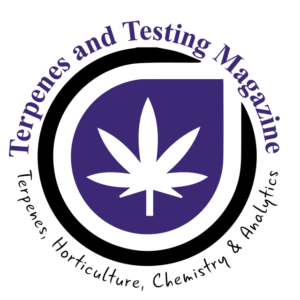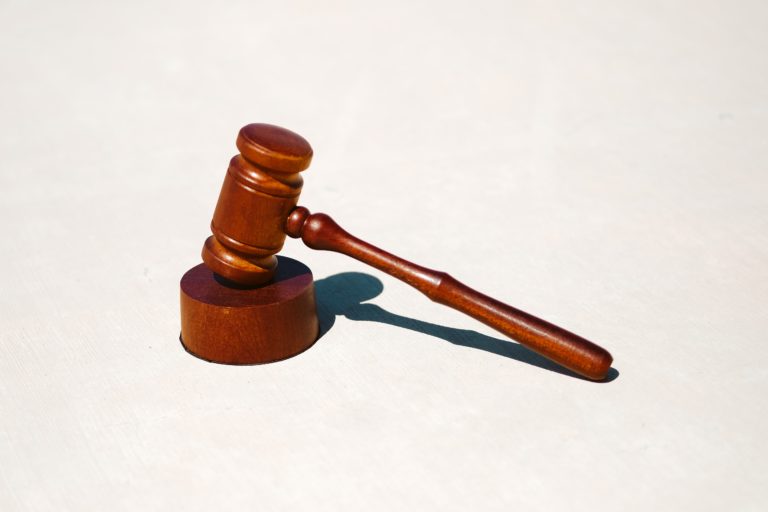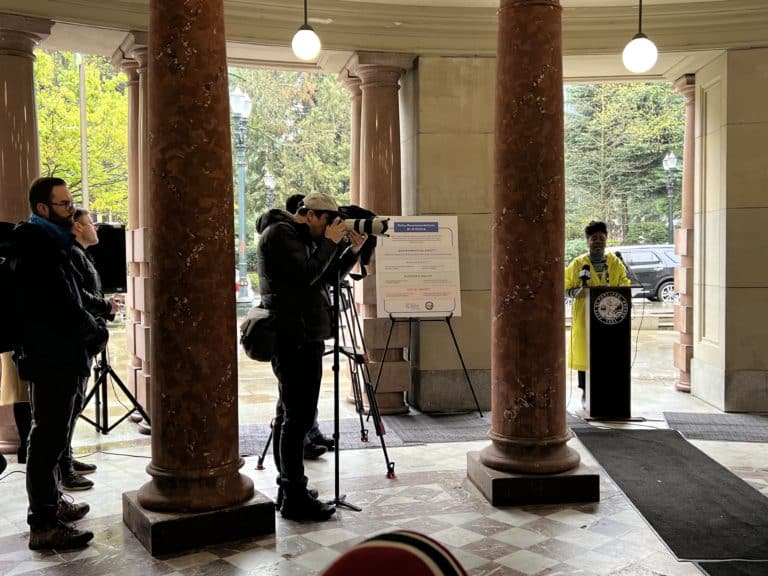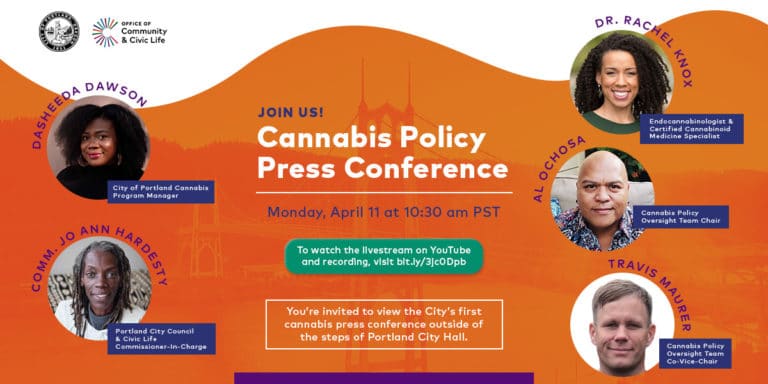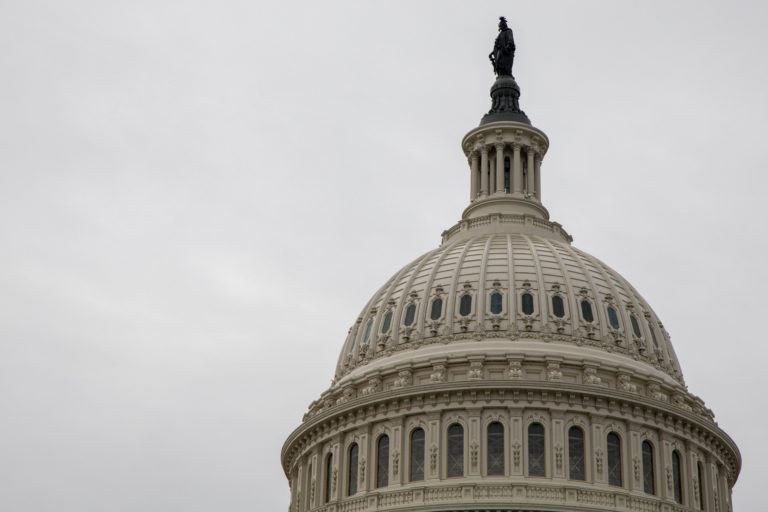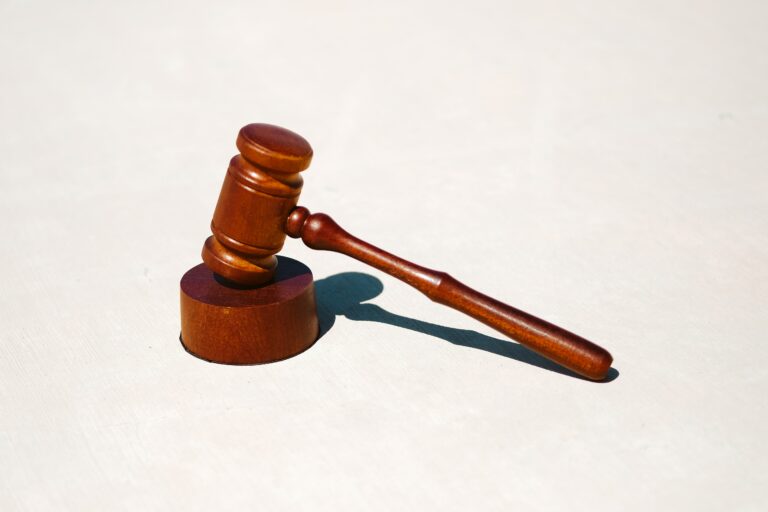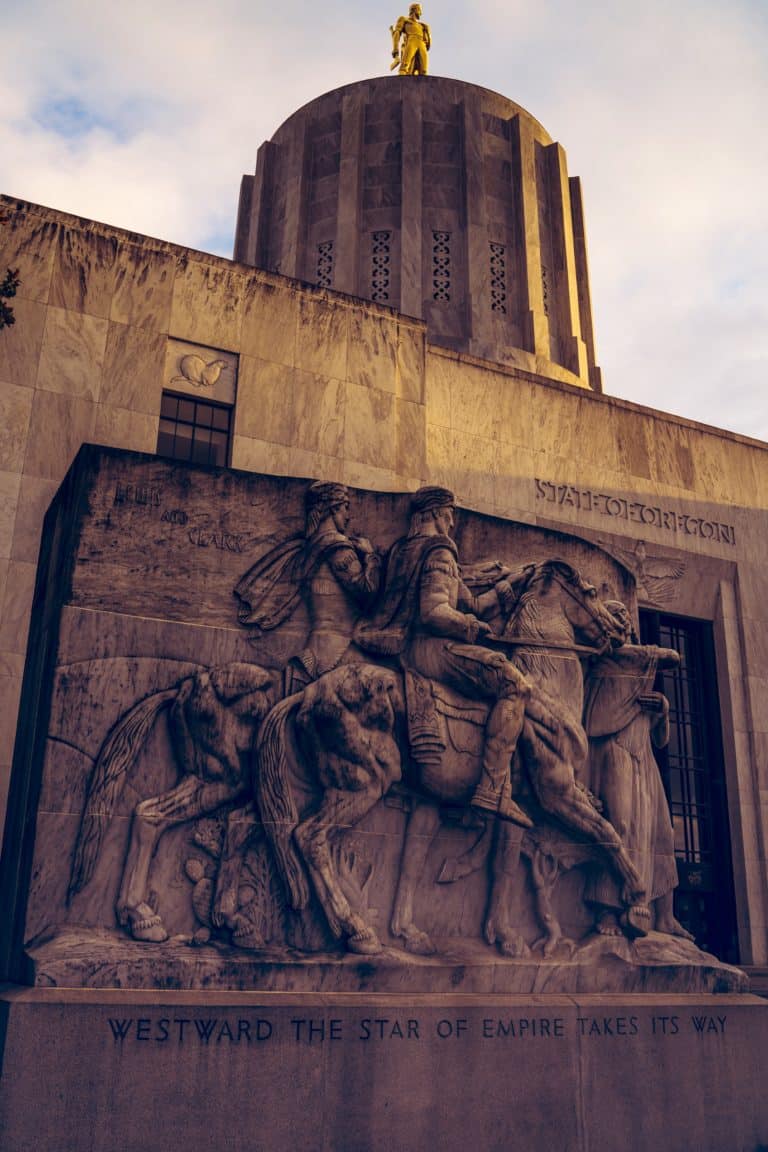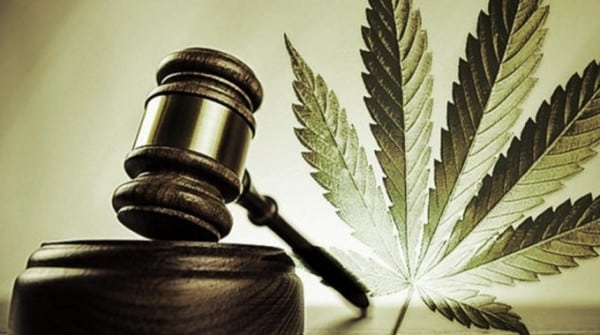
by Petar Petrov, Staff Writer for Terpenes and Testing Magazine
There’s a widespread opinion that the forbidden fruit is always sweeter, and surely, cannabis may have seemed way “cooler” when it had a certain sense of danger to it, before legalization was even a distant possibility in our minds.
But the truly cool thing about cannabis is that it was always something more than just a hip, edgy gimmick, at least to those who feel a true connection to it.
This is why cannabis legalization was and still is a contentious subject, with some fearing that cannabis use disorder becomes imminent once the flower is readily available, while others believe legalization strips the flower from its criminal enigma and prevents people, especially adolescents, from glorifying it to unhealthy extents.
Whoever is right, one thing is for sure – when it comes to cannabis use disorder, as well as drug dependency altogether, the actual flower is usually just a means rather than the actual reason.
The Stats
In short, the stats say that legalizing and/or decriminalizing cannabis breeds a healthier attitude toward the flower. But there might be more to it than a mere legal status.
The Netherlands
The Netherlands is perhaps the first example that pops in most people’s minds. It’s crazy to think that the country at the very forefront of European cannabis and even drug and vice frivolity altogether has one of the lowest rates of cannabis users on the old continent.
But it does, Reuters reports. According to an annual report by the European Monitoring Centre for Drugs and Drug Addiction, only 5.4% of Dutch adults use cannabis while the average for Europe is 6.8%, with Italy’s cannabis use rate being the highest at 14.6%.
“Data from general population and school surveys point to a stabilizing or even decreasing situation,” the report says, with reference to the 90s and early 2000s when cannabis use in Europe was at its height.
Portugal
Portugal is often praised for revolutionizing the model for battling drug use disorders, including cannabis. The idea behind it basically is that instead of prosecuting drug users like criminals, drug disorders need to be treated as a disease.
The country has witnessed great improvement in that regard, with much less drug abuse and lots of unnecessary jail sentences avoided.
And even though there are some cases of legal cannabis being labeled as an open gateway to harder drugs and drug use disorders, it’s hard to imagine that if cannabis was illegal, those cases would have played out much differently.
The U.S.
Medical Cannabis
It seems that teenagers in states where medical cannabis is legal use less cannabis as well.
According to a study published in the American Journal of Drug and Alcohol Abuse, that looked at over 800,000 students across 45 states, teenage cannabis smokers were about 1.1% less in states that have legalized medical cannabis. [1] It’s important to note that the study did account for other related factors like tobacco and alcohol policies, state demographics, youth characteristics, and economic trends.
“When we looked at particular subgroups of adolescents, this reduction became even more pronounced. For example, 3.9% less Black and 2.7% less Hispanic youths now use [cannabis] in states with medical [cannabis] legalization.”
Interestingly, for heavy cannabis users among the participants in the study, state policies on the flower changed nothing.
Liberal vs. Conservative States
A more transcending behavioral pattern might have surfaced in another study on cannabis use in the U.S. by the Columbia University’s Mailman School of Public Health. [2]
It found that while adolescents and young adults in “liberal” states may use cannabis more compared to those in conservative states, they exercise much more moderation.
Overall, the study’s results reveal that cannabis use has increased since 2007 as a whole, but that automatically branding such stats as negative and taking them out of the big picture is straight-up misleading.
“These latest findings could directly inform policymakers and public health practitioners about the degree to which other broader contextual factors also influence cannabis use patterns in the U.S.,” says Morgan Philbin, PhD, Assistant Professor of Sociomedical Sciences, and first author.
It may be true what they say about forbidden fruit, but when it comes to cannabis, “forbidden” doesn’t just refer to mere legality. Rather, it refers to the aggressively oppressive social attitudes toward something that is anything but aggressive in nature.
References:
- Coley, R. et al. A quasi-experimental evaluation of marijuana policies and youth marijuana use. The American Journal of Drug and Alcohol Abuse, 2019, Pages 1-14. [journal impact factor = 2.231; cited by N/A]
- Philbin, M. et al. Associations between state-level policy liberalism, cannabis use, and cannabis use disorder from 2004 to 2012: Looking beyond medical cannabis law status. International Journal of Drug Policy, 2019, Volume 65: Pages 97-103. [journal impact factor = 4.244; cited by N/A]
Image Credits: Unanimous AI


